
Healing’s One Source
In both Jewish and Chinese traditional medicine, the health of the body depends on the harmony reflected in the pulses and the flow of the vital connective energy…

Similarities between traditional Jewish and Chinese Medicine
Part 3 of Medicine in Judaism
Jewish tradition tells us that all healing originates from The One Source. It is interesting, therefore, to examine some of the remarkable parallels found in both Traditional Jewish and Oriental Medicine. One common parallel is the use of what Eastern European Jews called "bankes" or cupping, together with phlebotomy. The Oral Torah mentions in passing that the use of cupping glasses is part of the process of blood-letting, to treat conditions of excess, and also, in the area of the navel, to treat digestive disorders. So too, the Chinese therapeutically use "bleeding" to treat excess conditions, and in conjunction with 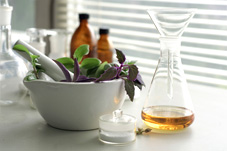 cupping, let-blood to treat acute sprain and bruising accompanied by hematoma or swelling. The contraindications in both traditions are identical: any vacuity syndrome. In both traditions, specific points are used to blood-let, and even though to the best of my knowledge, an energetic network of channels and meridians is not identified by Jewish sources, still the effectiveness of specific distal points used to treat certain conditions in Traditional Jewish Medicine is an interesting parallel. Yet another common element is the sensitivity to the body’s circadian rhythms. In fact, we find in Jewish Traditional sources, specific seasons and times of day were preferred when bloodletting, for the benefit of certain organs and illnesses. So too, in Traditional Oriental Medicine each major organ has a specific time of day and season when it can best be treated. (The Chinese call this the system of corresponding seasons and times of day, "the heavenly stems and earthly branches.")
cupping, let-blood to treat acute sprain and bruising accompanied by hematoma or swelling. The contraindications in both traditions are identical: any vacuity syndrome. In both traditions, specific points are used to blood-let, and even though to the best of my knowledge, an energetic network of channels and meridians is not identified by Jewish sources, still the effectiveness of specific distal points used to treat certain conditions in Traditional Jewish Medicine is an interesting parallel. Yet another common element is the sensitivity to the body’s circadian rhythms. In fact, we find in Jewish Traditional sources, specific seasons and times of day were preferred when bloodletting, for the benefit of certain organs and illnesses. So too, in Traditional Oriental Medicine each major organ has a specific time of day and season when it can best be treated. (The Chinese call this the system of corresponding seasons and times of day, "the heavenly stems and earthly branches.")
 cupping, let-blood to treat acute sprain and bruising accompanied by hematoma or swelling. The contraindications in both traditions are identical: any vacuity syndrome. In both traditions, specific points are used to blood-let, and even though to the best of my knowledge, an energetic network of channels and meridians is not identified by Jewish sources, still the effectiveness of specific distal points used to treat certain conditions in Traditional Jewish Medicine is an interesting parallel. Yet another common element is the sensitivity to the body’s circadian rhythms. In fact, we find in Jewish Traditional sources, specific seasons and times of day were preferred when bloodletting, for the benefit of certain organs and illnesses. So too, in Traditional Oriental Medicine each major organ has a specific time of day and season when it can best be treated. (The Chinese call this the system of corresponding seasons and times of day, "the heavenly stems and earthly branches.")
cupping, let-blood to treat acute sprain and bruising accompanied by hematoma or swelling. The contraindications in both traditions are identical: any vacuity syndrome. In both traditions, specific points are used to blood-let, and even though to the best of my knowledge, an energetic network of channels and meridians is not identified by Jewish sources, still the effectiveness of specific distal points used to treat certain conditions in Traditional Jewish Medicine is an interesting parallel. Yet another common element is the sensitivity to the body’s circadian rhythms. In fact, we find in Jewish Traditional sources, specific seasons and times of day were preferred when bloodletting, for the benefit of certain organs and illnesses. So too, in Traditional Oriental Medicine each major organ has a specific time of day and season when it can best be treated. (The Chinese call this the system of corresponding seasons and times of day, "the heavenly stems and earthly branches.")Another parallel is the respect that both traditions have for herbal medicine and the medicinal properties of foods (or the science of dietetics). In part 1 we mentioned that the Source of all healing is Ha-shem, as it says in Exodus, "I am Ha-shem, your healer." The context of that verse is a fascinating episode which occurs soon after the exodus from Egypt and the splitting of the Red Sea, and before the receiving of the Torah on Mount Sinai. Arriving at an oasis called Mara, where the water was bitter and undrinkable, Moshe is "instructed" by Ha-shem to cast a piece of bitter wood into the bitter water, which causes the water to becomes sweet. The key word is "instructed," says Rabenu Bachaya Ibn Paquda (a contemporary of the Rambam). For at Mara, Ha-shem taught Moshe that all plants and herbs have natural medicinal healing properties, and spiritual "segula" healing properties not governed by natural laws.
As to what is the more desirable approach to healing, the Rambam states clearly, "Medications contained within foods that also have therapeutic powers are preferable to drugs that also have nutritional value." In other words, preventative medicine and dietetics is the Rambam’s first choice. As with Oriental Medicine, he recognizes the therapeutic significance of flavors and properties in both foods and herbs. For example, in Pirkei Moshe, the Rambam addresses how specific flavors and temperatures are used : "The tastes which indicate a therapy is warming in its effect are four: sweetness-signifying the least degree of warmth, followed by saltiness, bitterness and finally sharpness. The tastes which indicate that a remedy is cooling are also four: tastelessness is the least indicator of cold, after that is sourness, followed by astringency and finally ponticity (a quality of extreme sourness and harsh astringency)." In addition, the Rambam also addresses the qualities of the flavors. For example, he mentions that something astringent cools, dries and therefore, gathers, collects, hardens and thickens particles. Sour acts to thin, open, dissolve , cool and expel. Sharp dissolves, separates thins and opens like sour, but also attracts, warms, liquefies, and burns. Bitter serves to warm, dry, open and cleanse the passageways, and thins and dissolves liquids. And so on with the the other flavors. He also lists in Pirkei Moshe an extensive materia medica, based upon flavors and temperatures of herbs. Though the theory and formulation of herbal pharmaceuticals is much more developed , to the best of my knowledge, in Traditional Oriental Medicine, still we clearly find herbal formulations were used by the Rambam.
Finally, a fascinating common area of diagnosis is the use of pulses, and their relationship to the elements. When we turn to the Torah tradition, we find that the masters of Jewish mysticism were able to discern not only physical pathologies from the pulse (as we find in Oriental Medicine, where 6 pulse points, three on each wrist and eighteen diagnostic positions are used to define 28 different pulse patterns of differentiation), but spiritual pathologies as well! In the mystical Jewish tradition there are 10 main pulse patterns, each one manifesting a particular kind of vitality flowing into the body via the soul. In the words of the holy AriZal, "A given pulse pattern indicates from which aspect of the Divine the vital energy in the pulse is coming from, at the particular moment this pattern appears." (It is interesting to note here, that in both traditions, there is an emphasis on the primacy of function rather than structure.) We find, then, that in both traditions, the general health of the body, depends upon the harmony reflected in the pulses and any flaw or blockage in the flow of the vital connective energy (which the Chinese call "Qi") will result in illness. (See also Likutei Amarim, Igeres Hakodesh chapter 31).
As a final thought I would like to emphasize that each system places tremendous important on how emotions relate to specific organs. G-d willing, in future articles I will discuss in depth the practical aspects of this relationship. But let us take one example, the Heart. In Traditional Oriental Medicine, the heart which houses the "shen," or spirit is related to happiness. Illnesses related to the heart are manifested by giddy, erratic behavior, irritability, excitability, insomnia and the inability to find inner-peace. From a Jewish perspective the quintessential flaw preventing a healthy "Neshama" or soul, and, as a result, a healthy body, would be a lack of joy or happiness. Joy, our sages tell us enlivens the pulses, and brings well-being. It is my hope, that with appropriate expressions of enthusiasm, the ancient traditions of Traditional Jewish and Chinese Medicine can be studied and harmonized, in order to promote the physical and spiritual well-being envisioned by King Chizkiyahu.
(Yehuda Frischman is licensed to practice Acupuncture and Oriental medicine by the California state Acupuncture Board. He is a graduate of Dongguk Royal University (2004) with a Master of Science degree in Oriental Medicine. His website is www.traditionaljewishmedicine.net)



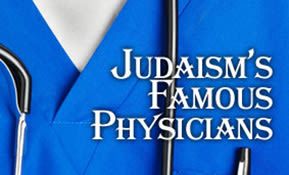
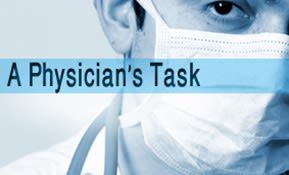
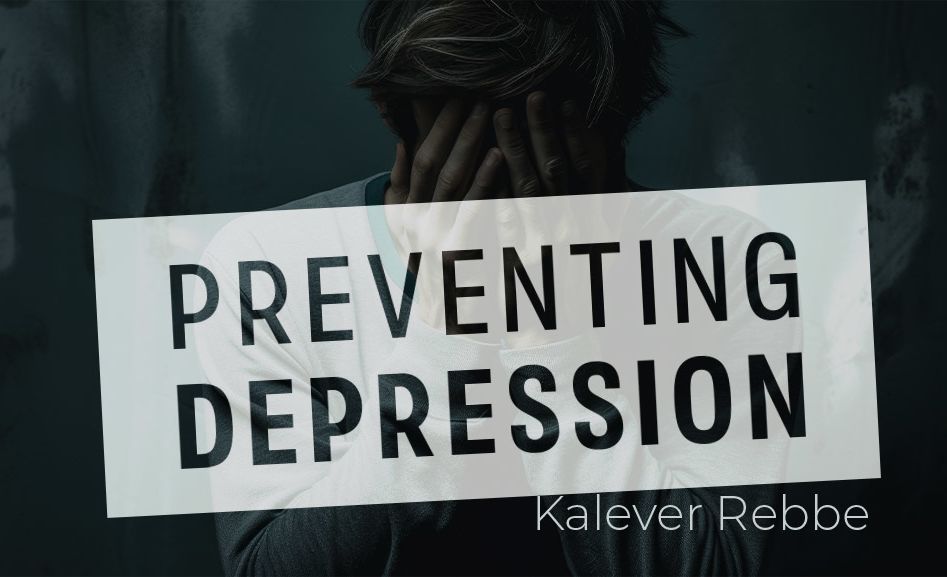
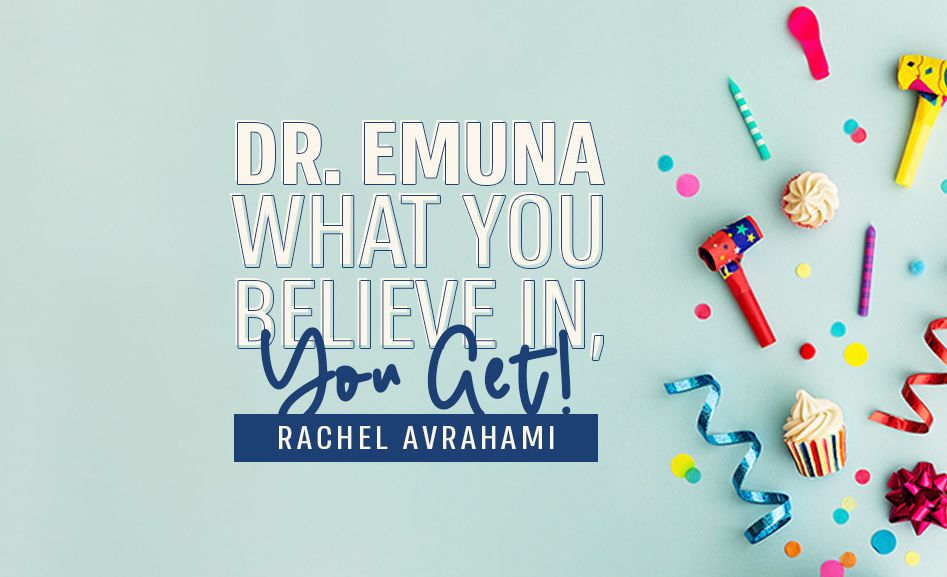
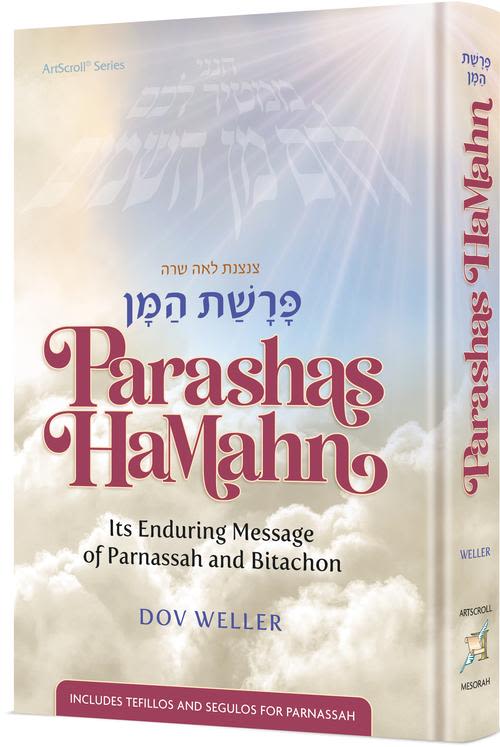
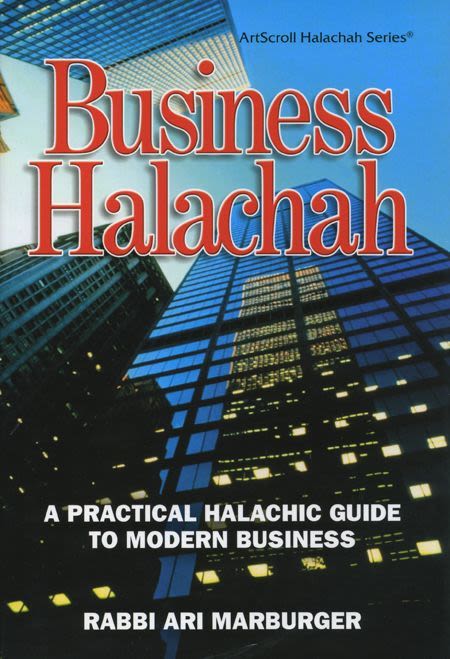
Tell us what you think!
Thank you for your comment!
It will be published after approval by the Editor.